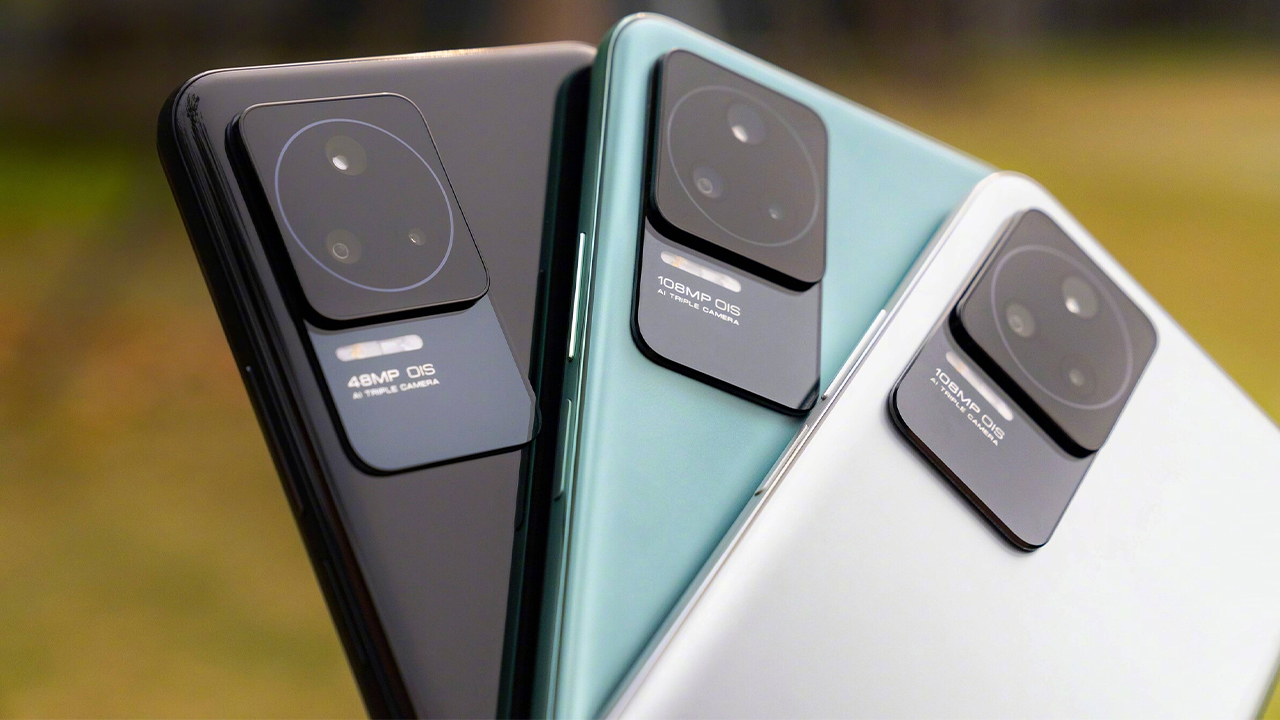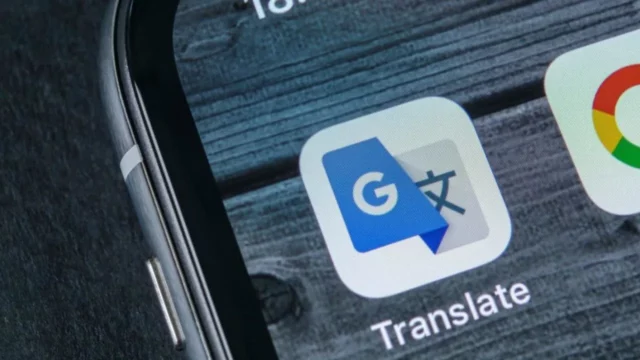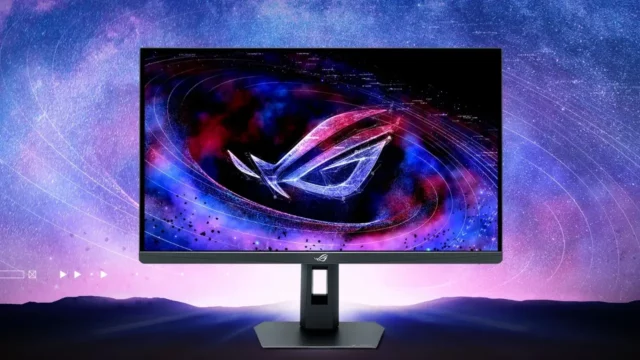Xiaomi introduced its new ‘flagship killer’ POCO F4 5G a while ago. The device achieved severe success in sales thanks to its affordable price and powerful technical features. However, the latest teardown raised doubts about the phone’s repairability. Here are the details.
Repairing POCO F4 5G will be expensive
Smartphones are complex hardware; opening and repairing them can damage other parts or completely ruin your device. That’s why repairability scores are essential; hard to open devices score low, and easy ones achieve high ratings. Unfortunately, POCO F4 5G is tough to repair with a 5.5/10 reparability rating.
In a PBKReviews teardown video, the reviewer gave the POCO F4 5G a 5.5/10 rating for repairability. This is due to design mistakes; for example, you need to open up the device and remove everything inside to replace a phone’s screen.
It’s similar to opening any other phone: heat the back panel and pry around to break the adhesive. Without any issues, the board comes off, and by removing the glue and reinstalling the camera glass, it looks that the back cover can still function.

The battery and other components can be separated after removing 17 Phillips screws, and the top shield is fitted with antenna lines and graphite for heat conduction. The front-facing camera is bonded in place, so removing it could damage the front camera itself, but the back camera modules can be removed and replaced once the mainboard has been removed. Copper and graphite are installed on the mainboard’s back for thermal conduction.
The 4,500 mAh battery is simple to remove, thanks to the big, sturdy battery pull-tabs. Another couple of flex cables connecting the main board to the sub-board are visible when the battery is removed. The flex cables for the power button, SIM tray, and charge port must be removed.
Phone’s specs
- Processor: Snapdragon 870
- Display: 6.67 inch, 120 Hz, FHD+, AMOLED
- Storage: 128/256 GB
- RAM: 6/8 GB RAM
- Rear camera: 64+8+3 Megapixel
- Front camera: 20 Megapixel
- Battery: 4,500 mAh with 67W support



 Shiftdelete.net
Shiftdelete.net









